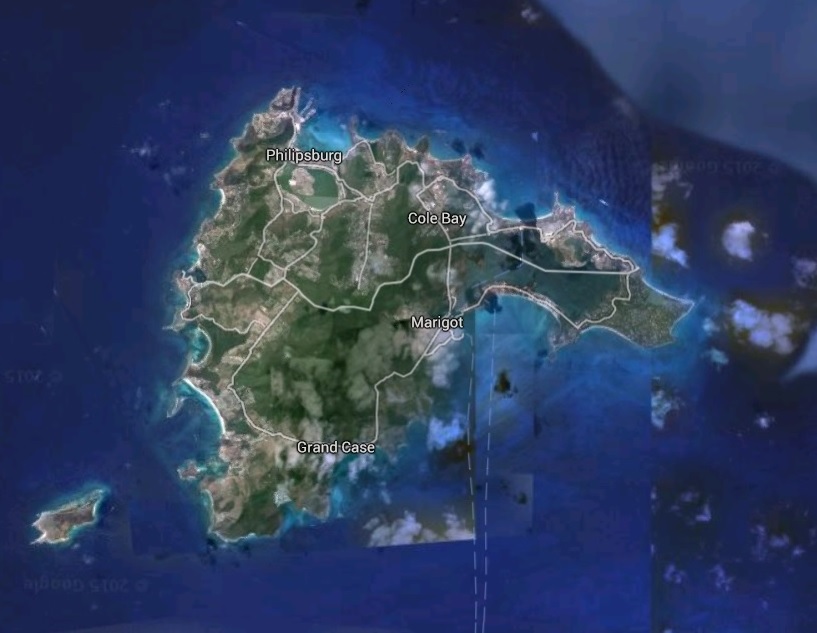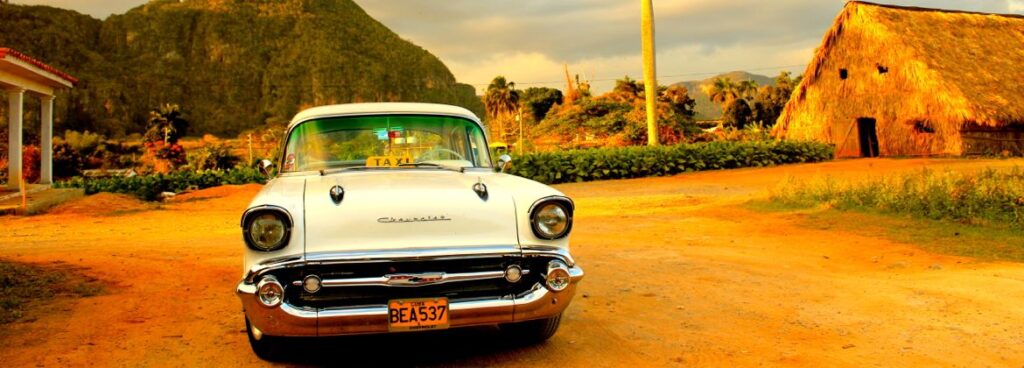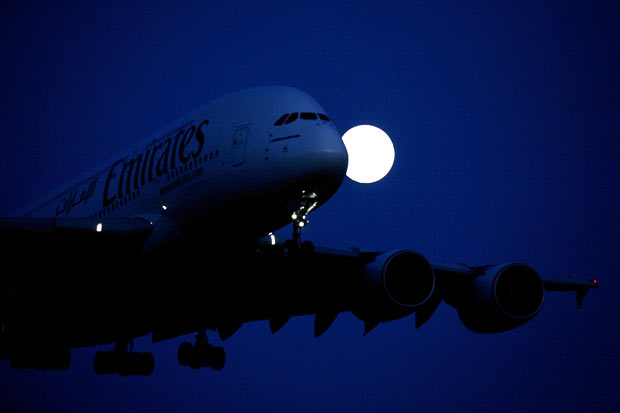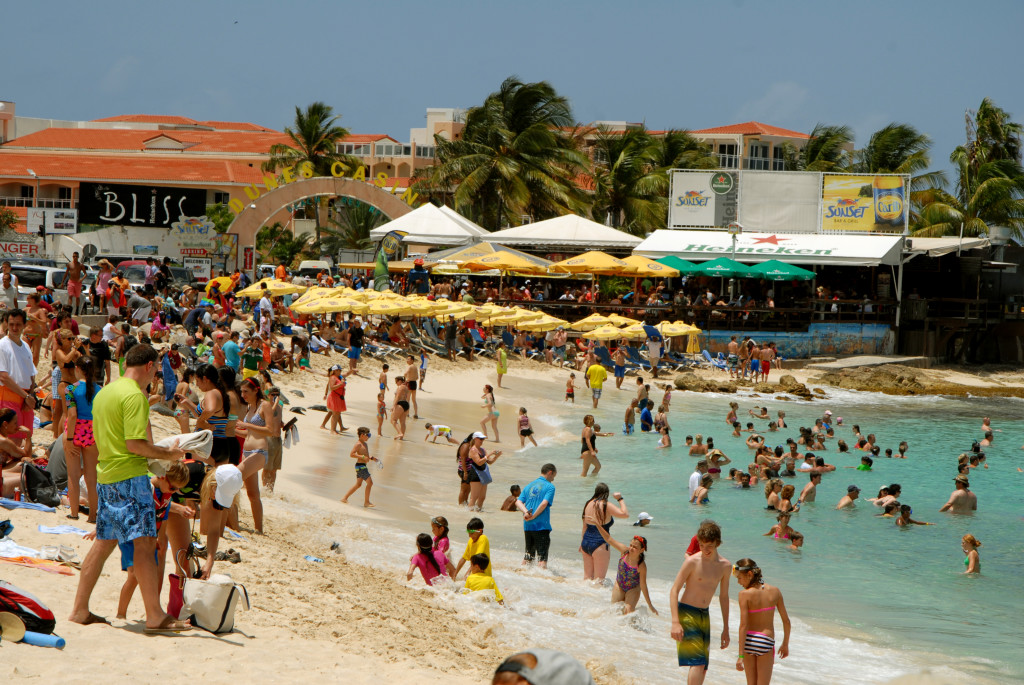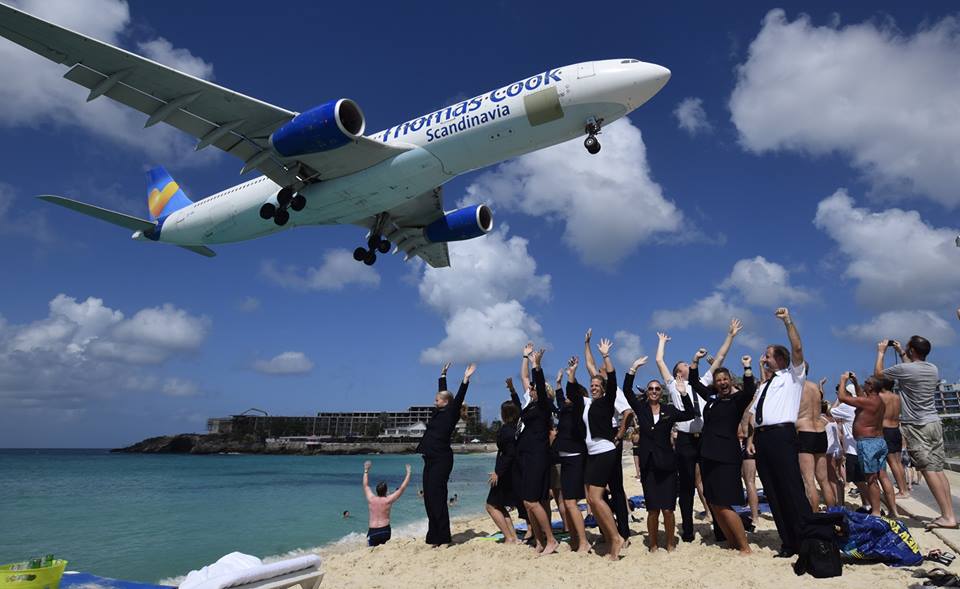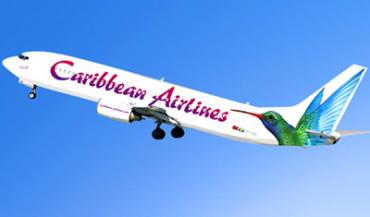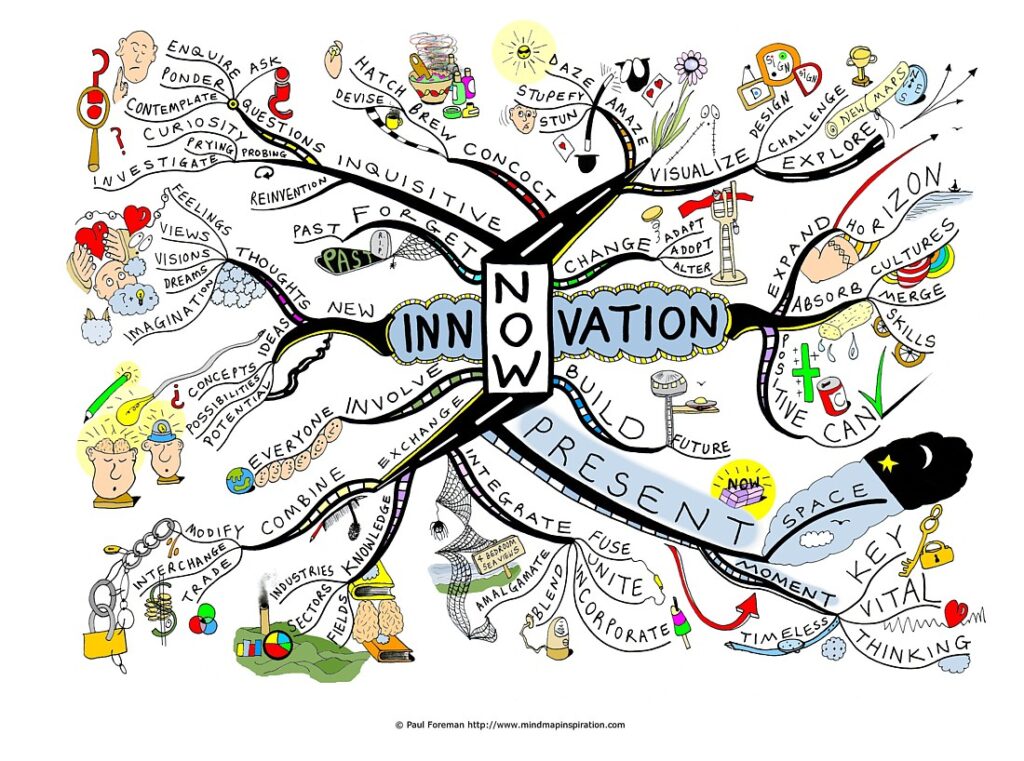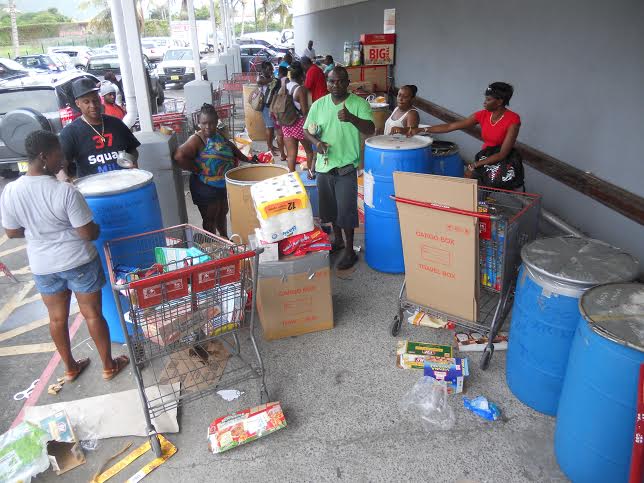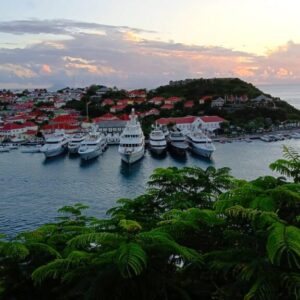Columns
- Home
- Columns
- Page 2
Terrance Rey
St. Maarten Needs A Responsive Tourism Marketing Strategy
Much like when you are using a smartphone or tablet and you turn the screen
Hilbert Haar
Americans Will Take A Wait And See Approach
TERRANCE REY ABOUT CUBA AND THE INTERNAL THREATS TO ST. MAARTEN TOURISM AMERICANS WILL TAKE
Terrance Rey
The Ebb & Flow of the Airline Industry
We have all seen the dramatic drop in the oil price in 2014 and we
Terrance Rey
What Is The Big Attraction At Maho Beach?
Some years ago when I did an interview for a documentary for The History Channel
Why Should Any Airline Fly To St. Maarten?
There has been a lot of debate recently about airlines and the airline industry. Especially
Rajesh Chintaman
Disappointing registration for St. Maarten voting in EU elections
Disappointing registration for St. Maarten voting in EU elections Of the more than 19,000 Dutch
Rajesh Chintaman
Is Peace In Paradise At Risk In The Caribbean?
The Caribbean is in every sense of the word the neighbor of the United States.
Terrance Rey
St. Maarten should be on the road to Economic Transformation
At this point in our development as country St. Maarten, we need to look at
Rajesh Chintaman
Is St. Maarten innovative enough?
Is St. Maarten innovative enough? As St. Maarten tiptoes on some levels to prove its
Rajesh Chintaman
St. Maarten Should Romance Regional Caribbean Shoppers
St. Maarten Should Romance Regional Caribbean Shoppers by Rajesh Chintaman St. Maarten should be doing
Recent Posts
St.Maarten Info Team
Soul Beach Music Festival Returns to its Roots in St. Maarten in 2025
St.Maarten Info Team
Superyachts in St. Barthélemy: A Haven for the World’s Elite
St.Maarten Info Team
Richardson Shines Despite Team Netherlands’ Early Exit at the 2024 WBSC Premier12
Tags
airlift
airlines
AirStMaarten
ANG
Antillean Guilder
Bruce Jakubovitz
caribbean
closed
dae
destination marketing
destroyed
director
Divi Little Bay Resort
dollarization
dr. gittens
e-zone
entrepreneur
French bakeries
Huricane Irma
Hurricane Irma
island
Le Divin
main attraction
Marigot
Nature Foundation
operations
Oyster Pond
Rainforest Adventures
Rockland Estate
Saint Martin
salvage
Sarafina
Simpson Bay Lagoon
st. barths
st. maarten
sta
Stress-Free Holiday Break
Terrance Rey
tourism
tourism authority
tourists
USD
waterfront
wrecks removal
yachting

